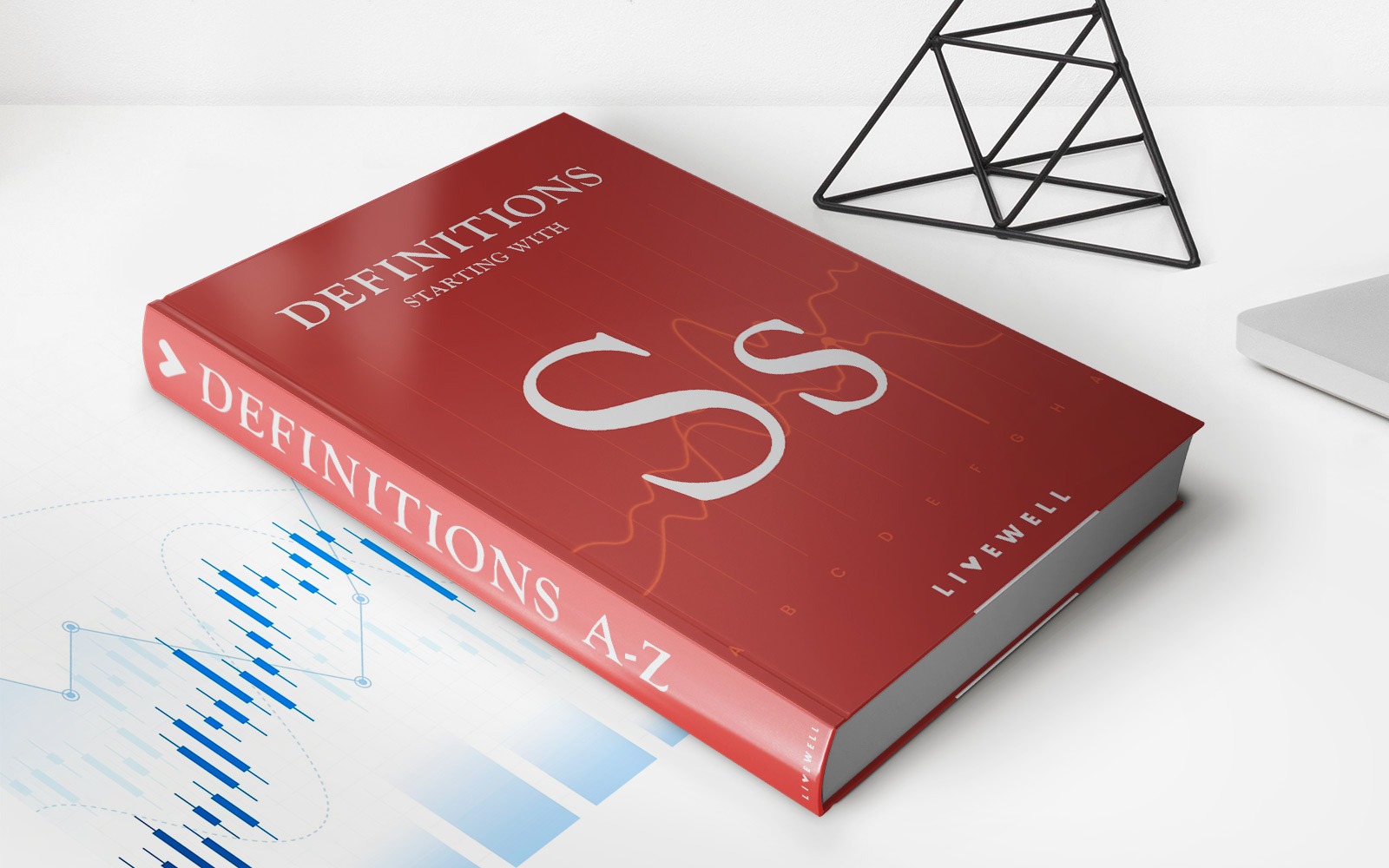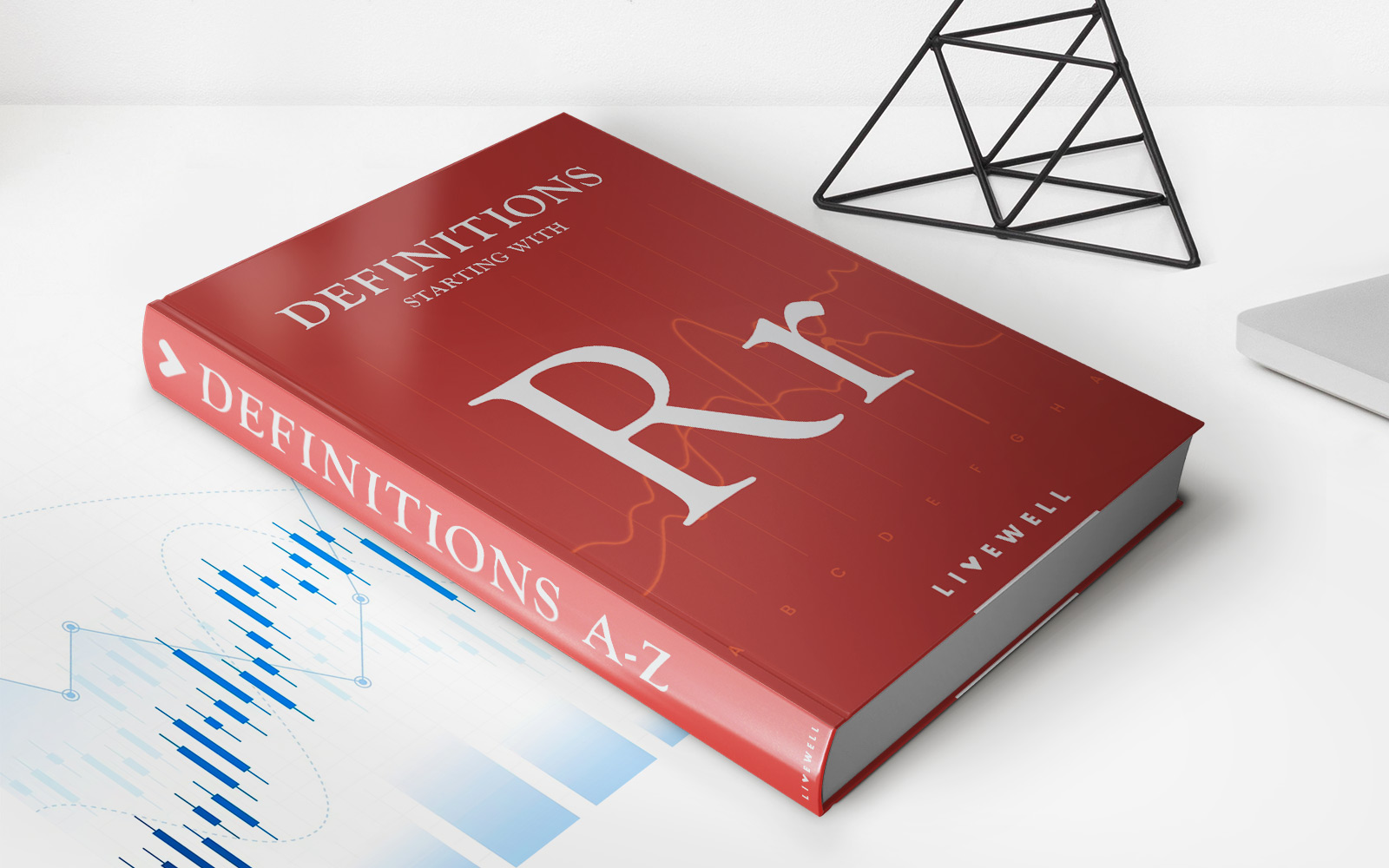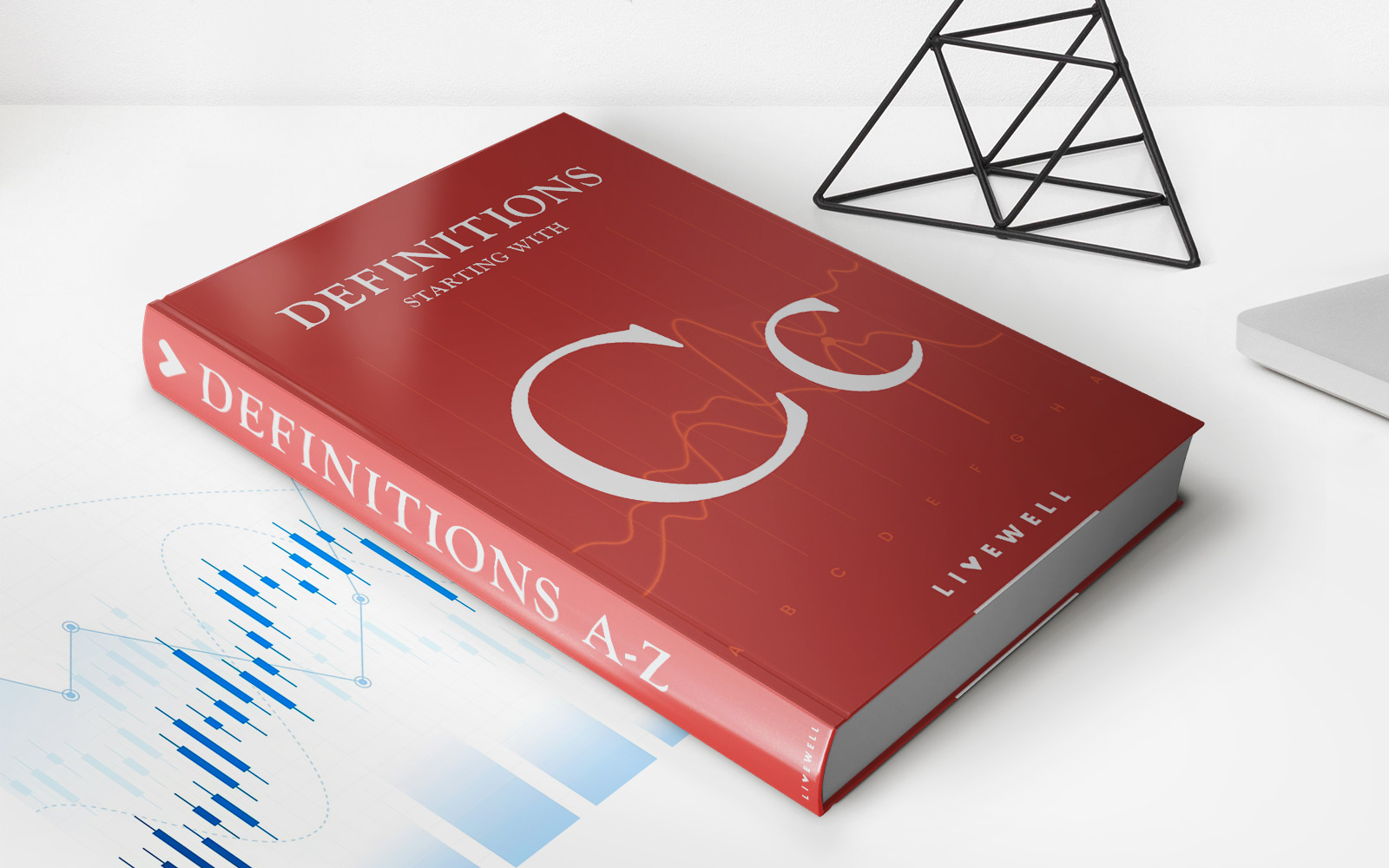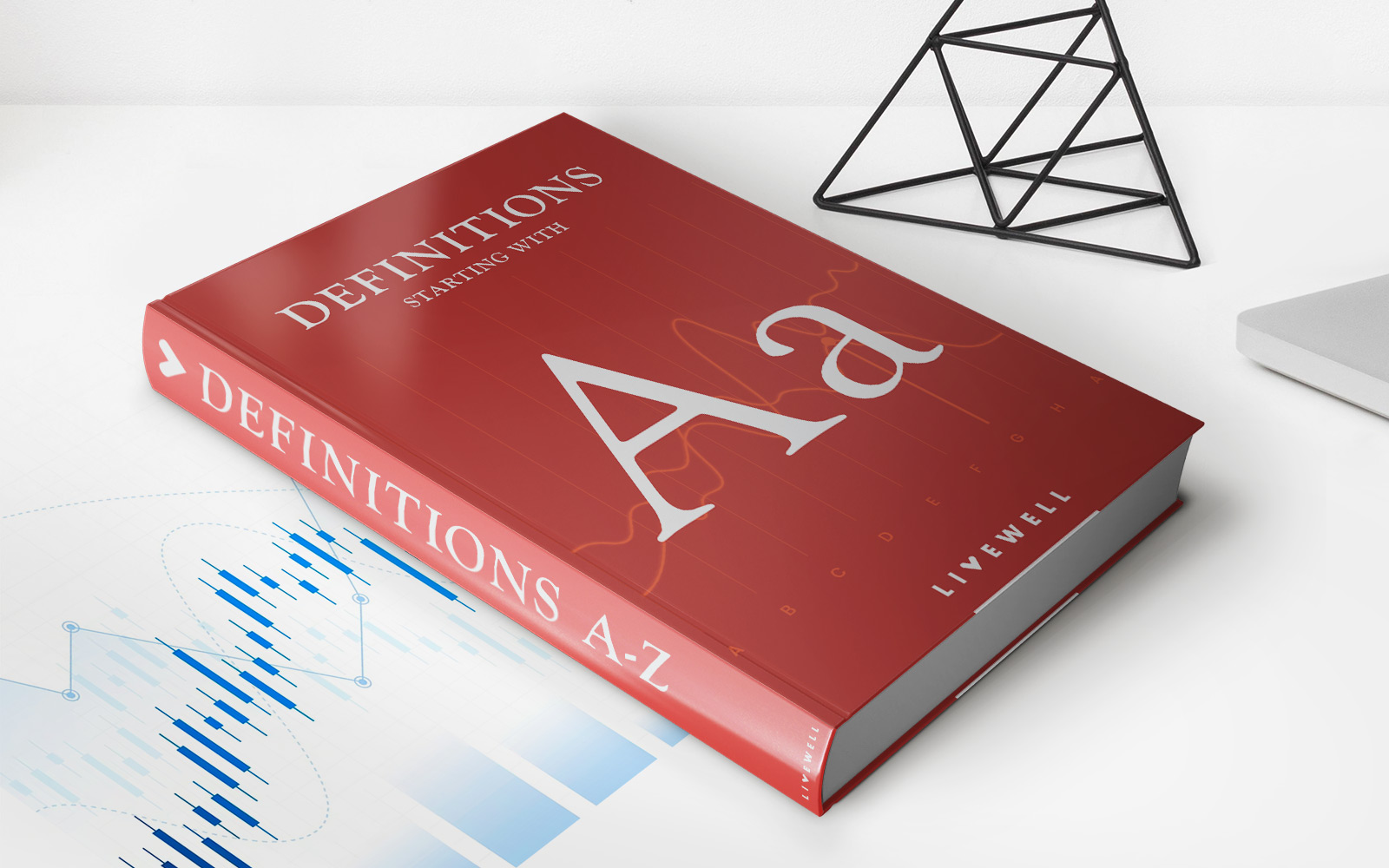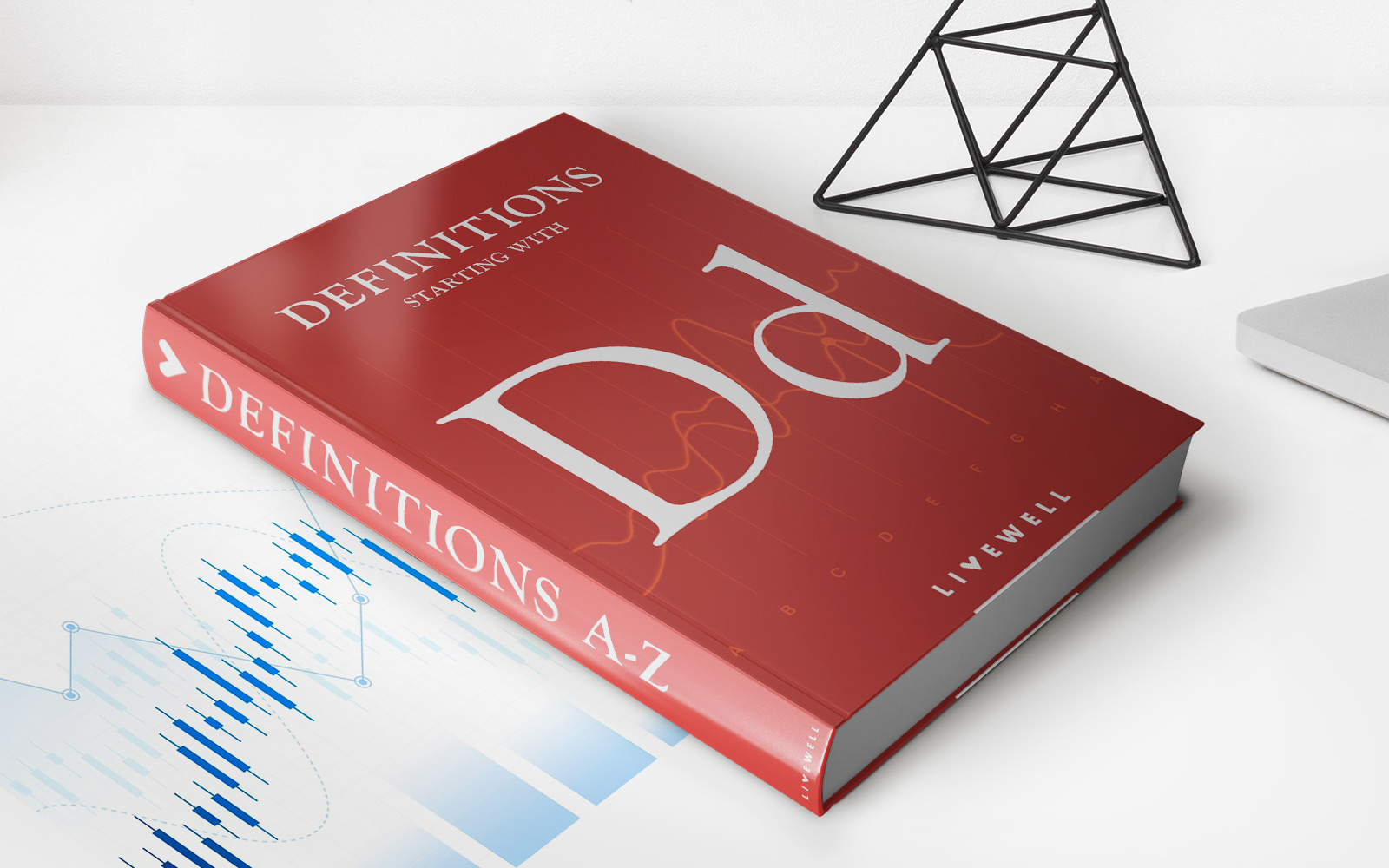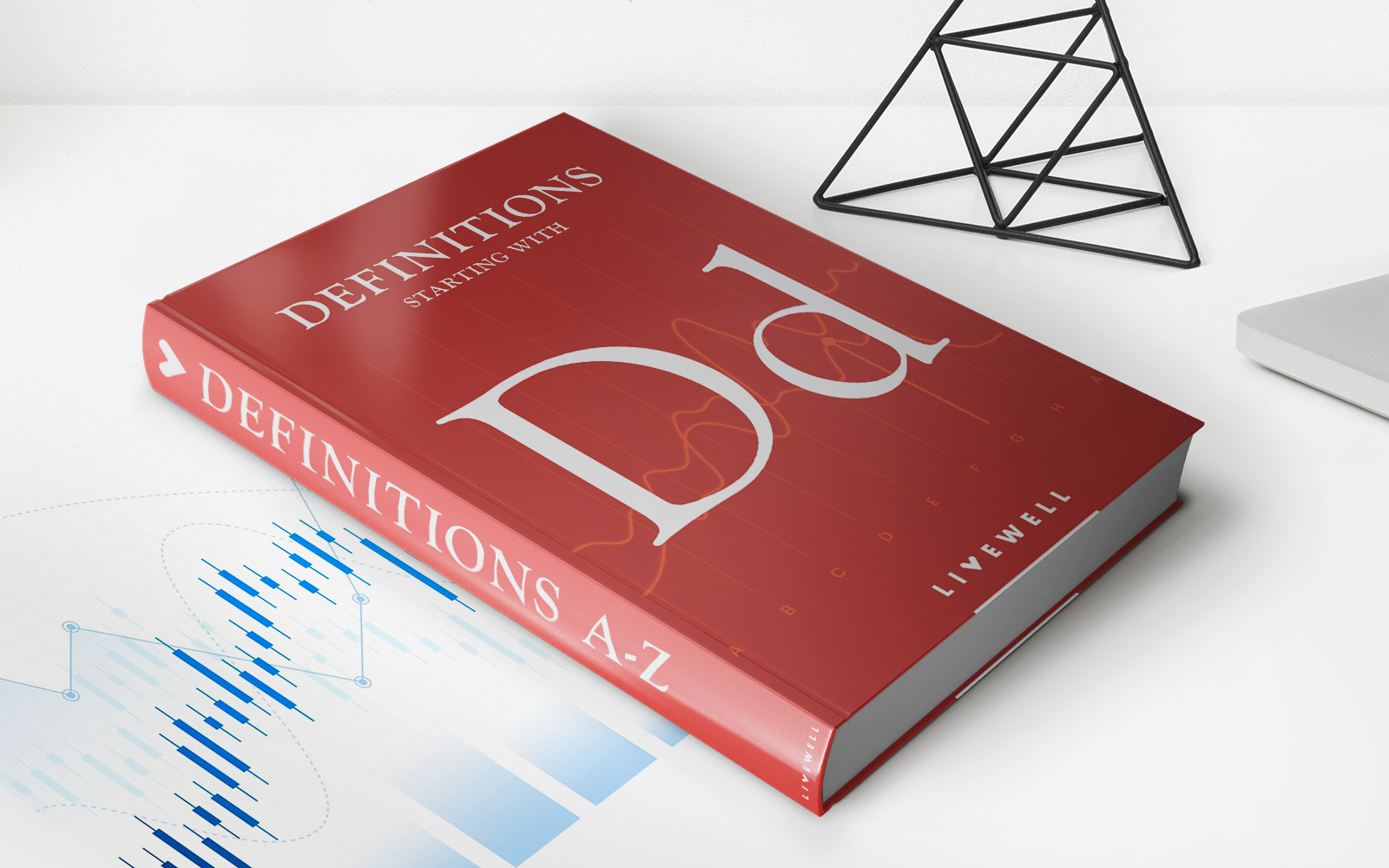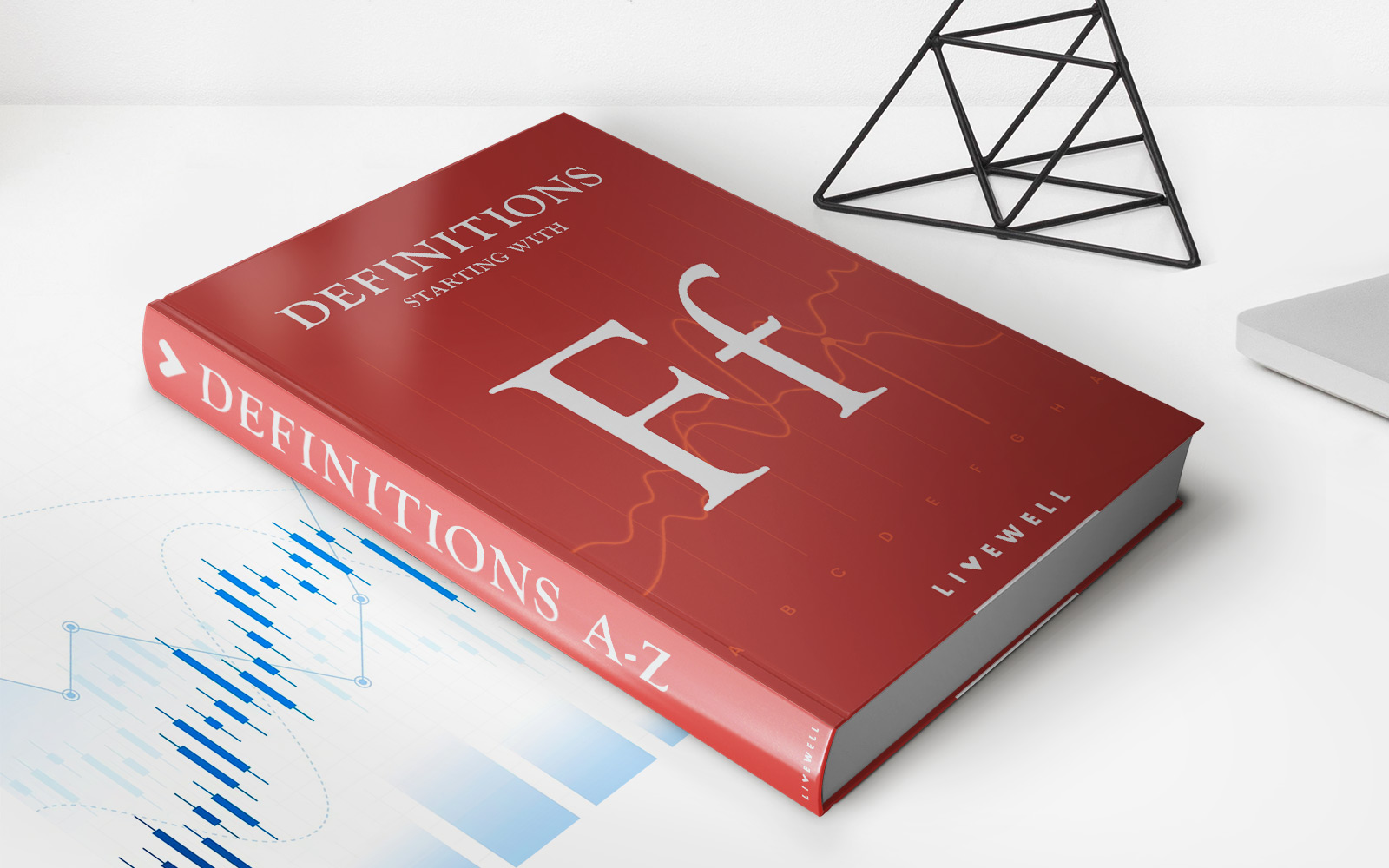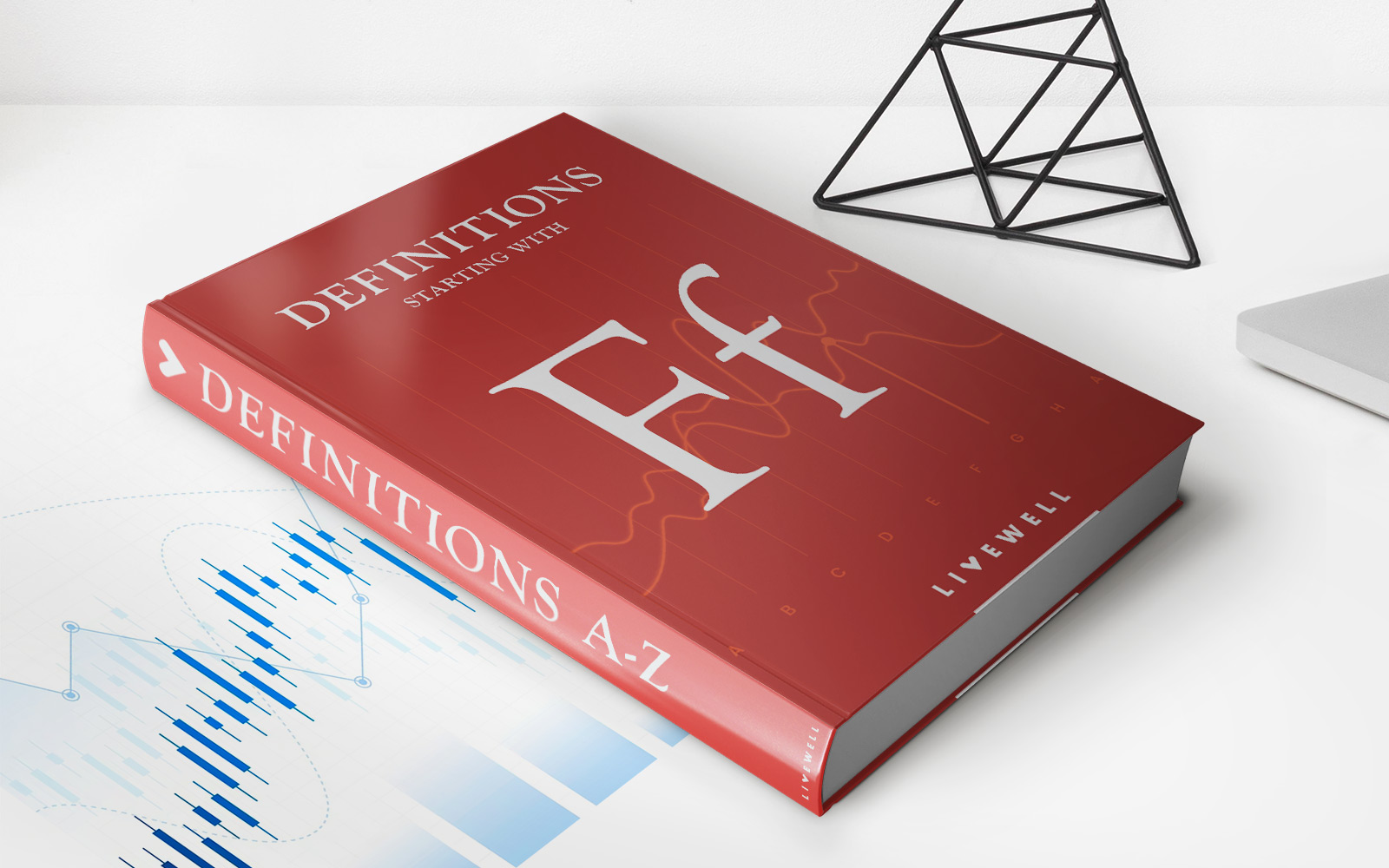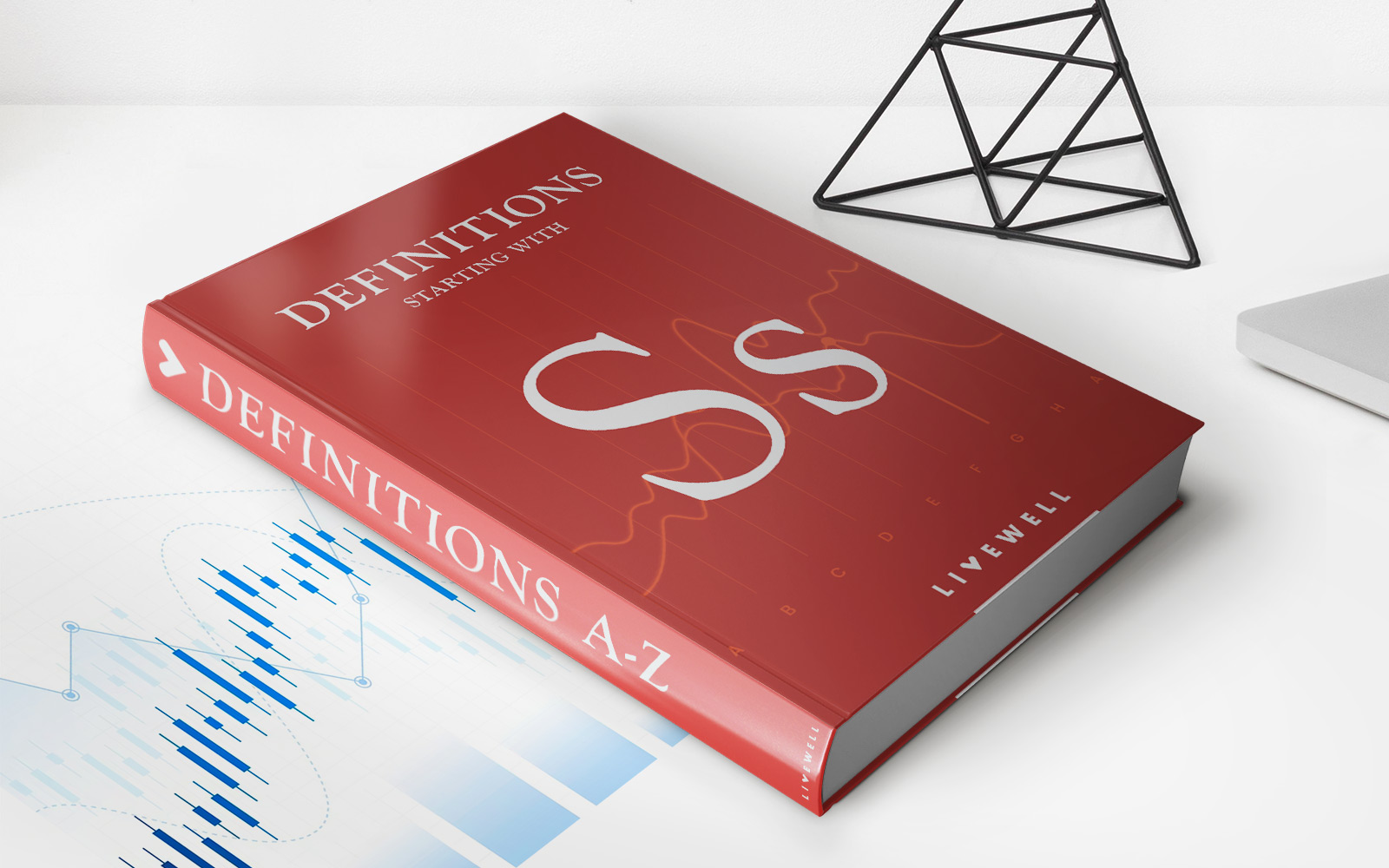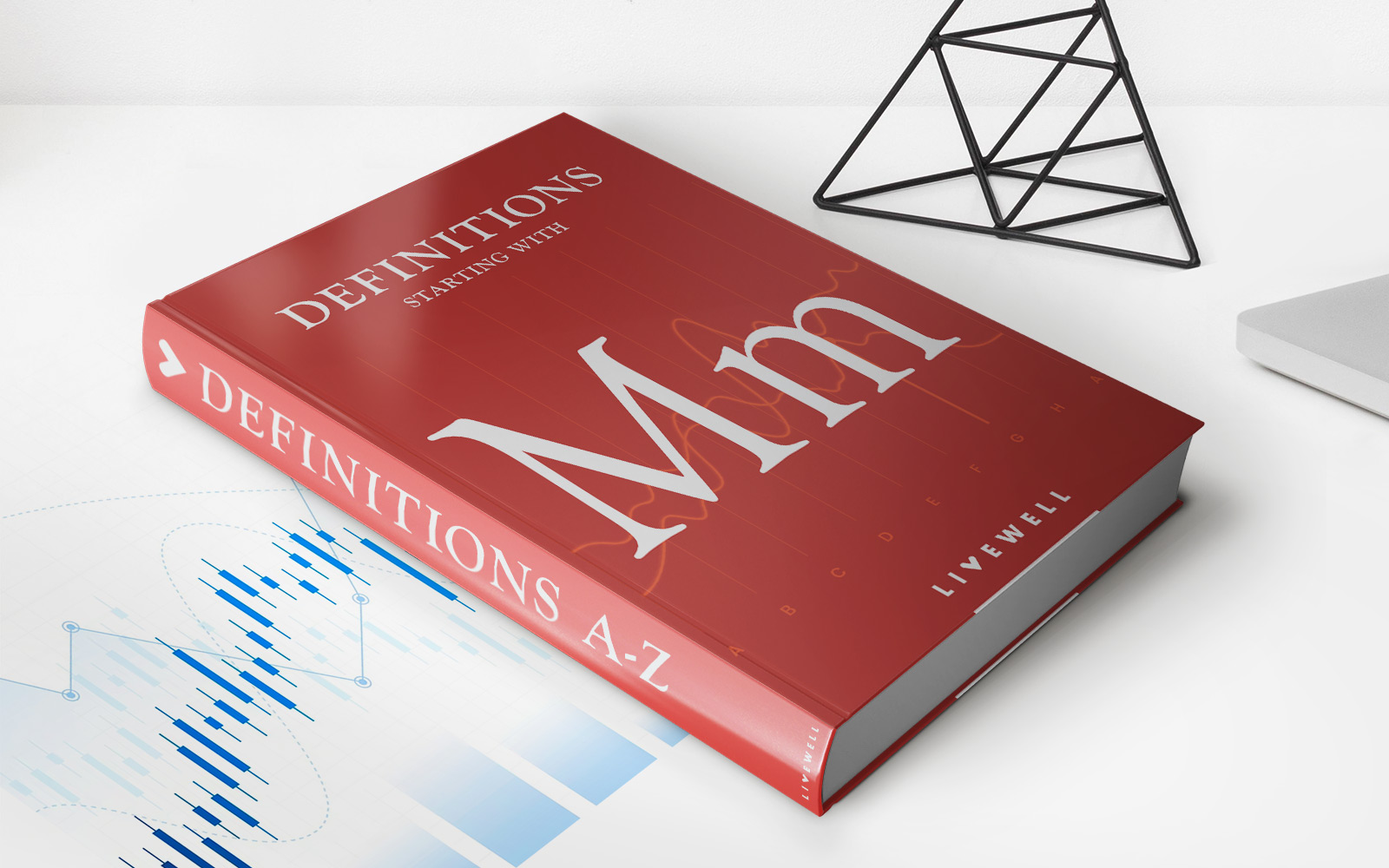Home>Finance>Autonomous Consumption: Definition And Examples In Economics
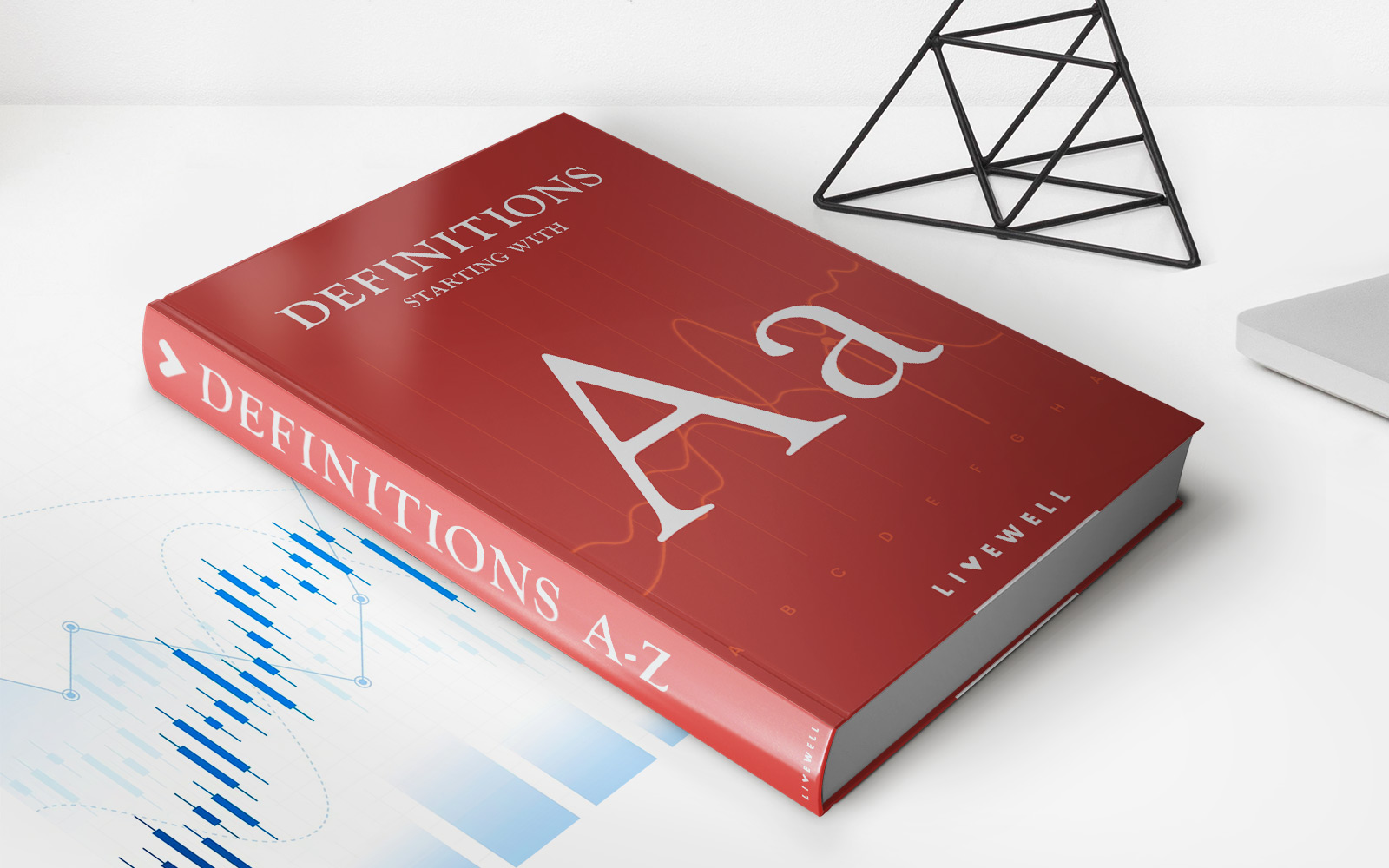

Finance
Autonomous Consumption: Definition And Examples In Economics
Published: October 11, 2023
Discover the meaning and instances of autonomous consumption in finance. Explore key examples from the field of economics and enhance your understanding.
(Many of the links in this article redirect to a specific reviewed product. Your purchase of these products through affiliate links helps to generate commission for LiveWell, at no extra cost. Learn more)
Autonomous Consumption: Definition and Examples in Economics
Welcome to our finance blog, where we dive deep into various topics to help you navigate the complex world of personal finance and economics. In this post, we’re going to explore the concept of autonomous consumption in economics. What does it mean, and how does it impact our financial decisions? Let’s find out!
Key Takeaways:
- Autonomous consumption refers to the minimum level of consumption a person or household requires to meet basic needs, regardless of income.
- Understanding autonomous consumption helps in analyzing consumer behavior and predicting spending patterns.
Now, let’s get back to the topic at hand. Autonomous consumption is a fundamental concept in economics that helps explain consumer behavior. It represents the minimum level of consumption a person or household requires to meet their basic needs, regardless of their income level or current financial situation.
Autonomous consumption is an essential concept to understand as it helps economists analyze consumer behavior and predict spending patterns. By identifying a person’s or household’s autonomous consumption level, we can better understand their financial stability and how they might adjust their spending habits in the face of income changes.
Now, you might be wondering, “What are some examples of autonomous consumption?” Great question! Here are a few scenarios that illustrate autonomous consumption:
- Food and water: No matter how much money we have, we all need to eat and drink to survive. Therefore, expenses on food and water can be considered as autonomous consumption.
- Shelter: A solid roof over our heads is another essential need. Rent or mortgage payments fall into the category of autonomous consumption as they fulfill our basic housing requirements.
- Healthcare: Proper healthcare is crucial, and expenses related to regular check-ups, medications, and health insurance can be considered as autonomous consumption.
- Education: Individuals and families often prioritize education. Expenses related to tuition fees, books, and other learning materials fall under autonomous consumption in this context.
These examples highlight the fact that certain expenses are necessary and take precedence regardless of an individual’s income level. Autonomous consumption helps us understand why certain expenditures remain constant or change at a slower rate compared to income fluctuations.
In conclusion, autonomous consumption represents the minimum level of consumption required to fulfill basic needs, regardless of income. Understanding this concept is essential to analyze consumer behavior and predict spending patterns. By recognizing which expenses fall under autonomous consumption, we gain valuable insights into financial stability and the resilience of households in the face of income fluctuations.
We hope you found this blog post informative and insightful. If you have any questions or would like to learn more about finance and economics, make sure to check out our other blog posts in the “Finance” category. Stay tuned for more helpful content!
